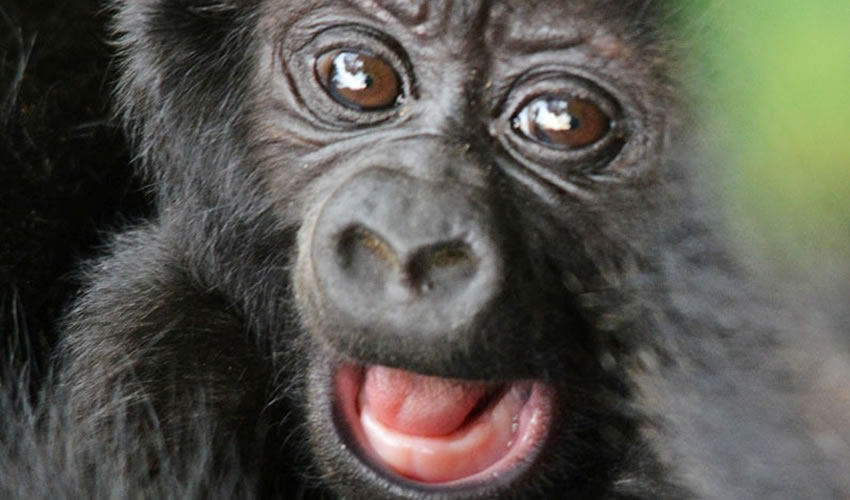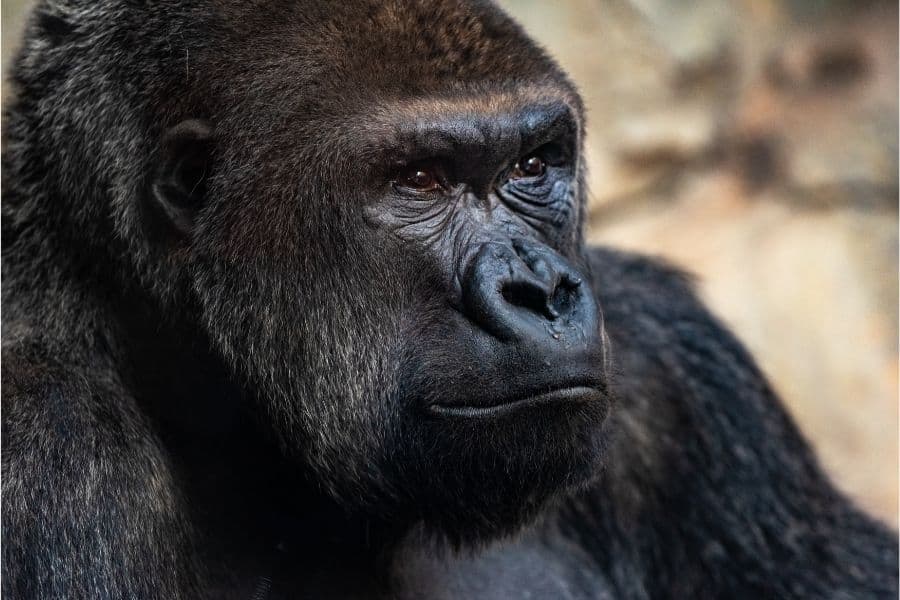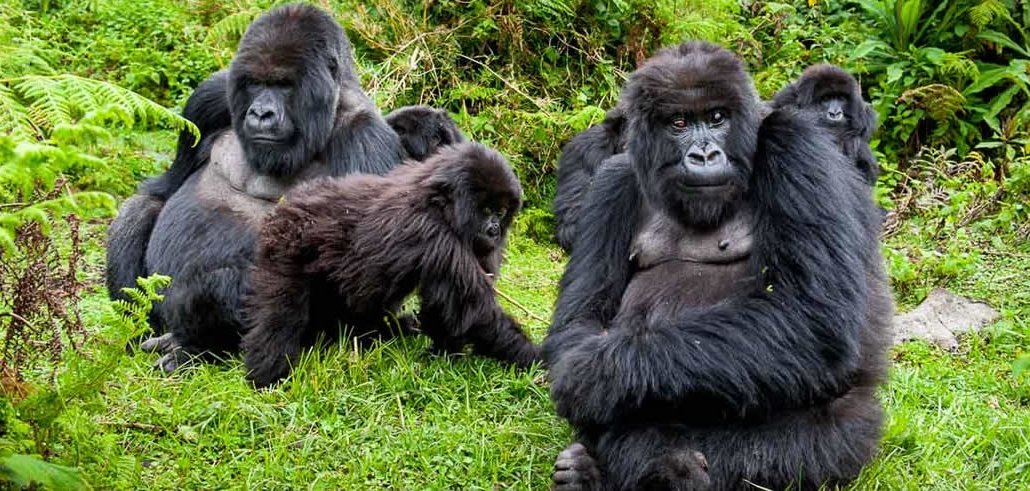
What kind of animal is a gorilla? Description of a gorilla
What kind of animal is a gorilla? Description of a gorilla.
A gorilla is a type of primate, specifically belonging to the family Hominidae, which includes humans and their closest living relatives. Gorillas are in two species: the eastern gorilla (Gorilla beringei) and the western gorilla (Gorilla gorilla). The eastern gorilla is further divide into two subspecies: the mountain gorilla (Gorilla beringei beringei) and the eastern lowland gorilla (Gorilla beringei graueri).
What kind of animal is a gorilla? Description of a gorilla?

Physical Characteristics:
Gorillas are large, muscular animals, with males reaching up to 6 feet in height when standing on two legs, and weighing up to 400 pounds. Females are generally smaller, weighing around 200 pounds. Gorillas are covered in black or dark brown fur, which helps them stay warm in the cool, mountainous regions where they live. They have broad chests and shoulders, and their arms are longer than their legs. Gorillas have opposable thumbs and big toes, which help them climb trees and grasp objects. They also have a prominent brow ridge and a wide, flat nose.
Diet:
Gorillas are primarily herbivorous, and their diet consists mainly of leaves, shoots, fruits, and flowers. They have strong jaws and teeth that allow them to break down tough vegetation. Gorillas are known to spend a significant portion of their day foraging for food, and their diet can vary depending on the season and availability of resources.
Behavior:
Gorillas are highly social animals that live in groups called troops or bands. A typical group consists of one dominant silverback male, several females, and their offspring. The silverback is the leader of the group, responsible for protecting them from danger and maintaining order. Gorillas communicate with each other using a variety of vocalizations, body language, and facial expressions.
Reproduction:
Female gorillas reach sexual maturity at around 8 years of age, while males reach maturity at around 12 years of age. Gorillas have a gestation period of around 8.5 months, and females give birth to one infant at a time. Infant gorillas are completely dependent on their mothers for the first few years of their lives.

Habitat:
Gorillas are native to the forests and mountains of central and east Africa. The western gorilla is in Cameroon, Central African Republic, Republic of Congo, Democratic Republic of Congo, Equatorial Guinea, and Gabon. The eastern gorilla is in Uganda, Rwanda, and the Democratic Republic of Congo. Gorillas live in a variety of habitats, from lowland rainforests to montane forests at elevations of up to 13,000 feet.
Threats:
Gorillas are currently listed as critically endanger by the International Union for Conservation of Nature (IUCN). The primary threats to gorillas include habitat loss due to deforestation, illegal hunting for bushmeat, and disease. Poaching for the illegal wildlife trade is also a significant threat to gorillas, as their body parts are used in traditional medicine and as trophies. Conservation efforts are underway to protect gorillas and their habitat, including the establishment of protected areas, anti-poaching patrols, and education programs for local communities.
Conclusion:
In conclusion, gorillas are fascinating and highly intelligent animals that are facing numerous threats to their survival. They are a critical part of the ecosystem and play an important role in maintaining the health of the forest. It is important that we take steps to protect these magnificent animals and their habitat, to ensure that future generations can continue to marvel at the wonder of the gorilla.
What kind of animal is a gorilla? Description of a gorilla:






